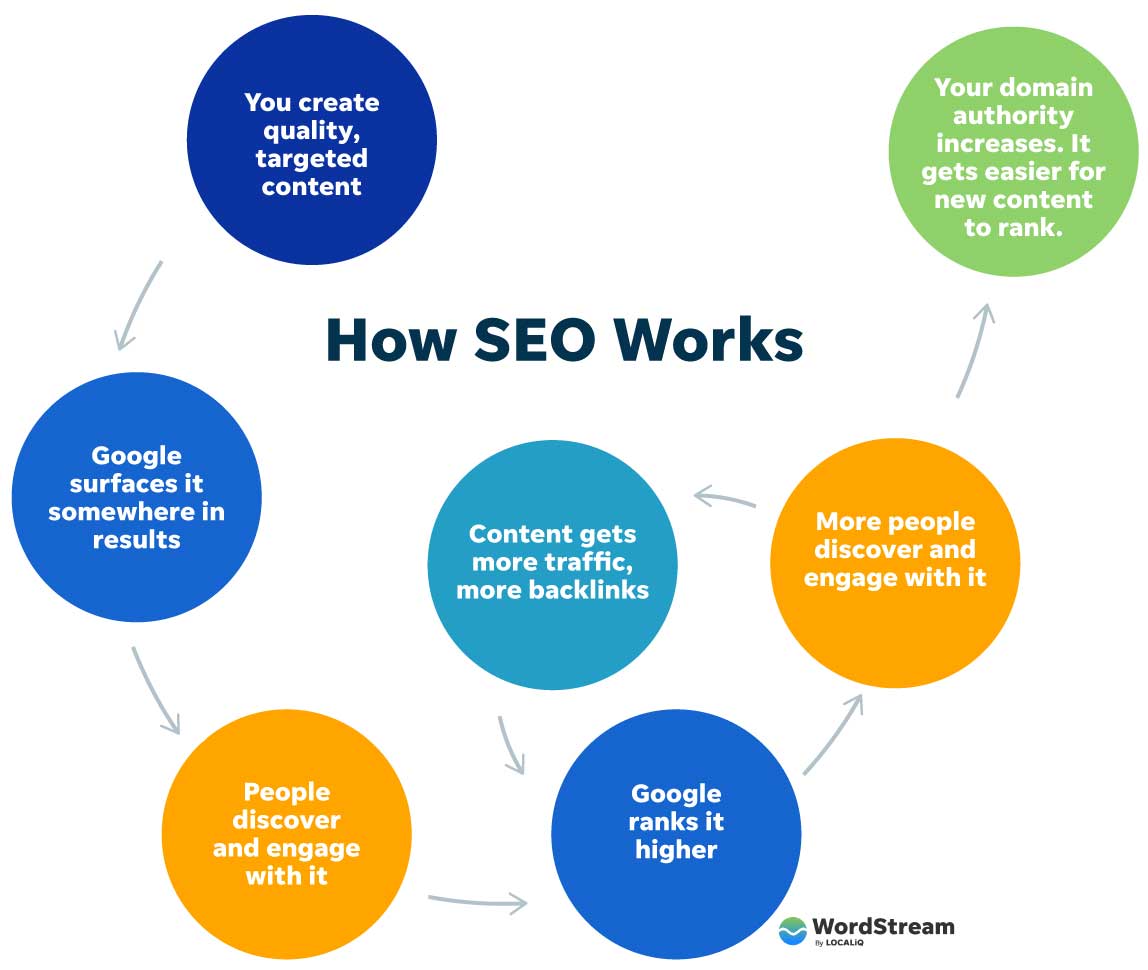Key Factors of What Is Ruled Out a Default Medium in Google Analytics
Key Factors of What Is Ruled Out a Default Medium in Google Analytics
Blog Article
Unveiling the Unconventional Mediums in Google Analytics Beyond Default Settings
In the world of electronic analytics, Google Analytics stands as a foundation for organizations looking for to understand their on-line existence. By venturing past the surface and delving right into the intricacies of social media data, email project performance, recommendation traffic resources, straight traffic patterns, and customized network collections, a treasure trove of information awaits those ready to welcome a more nuanced method.

Leveraging Social Media Insights
Occasionally neglected, yet tremendously useful, is the method of leveraging social networks understandings within the realm of Google Analytics. By integrating data from systems like Facebook, Twitter, Instagram, and LinkedIn right into Google Analytics, businesses can gain a deeper understanding of their audience and the efficiency of their social media sites campaigns.
Via this assimilation, marketing professionals can analyze and track individual behavior on their internet site that originates from social networks platforms. They can recognize which social media sites networks are driving the most traffic, which content is resonating with the audience, and which campaigns are converting one of the most leads. This understanding enables for data-driven decisions to enhance social networks techniques and improve total advertising performance.
Additionally, by combining social media sites understandings with Google Analytics, companies can develop more targeted and personalized projects - what is not considered a default medium in google analytics. They can make use of group info, interests, and online behaviors gathered from social media sites to improve their target market segmentation and provide tailored messages that reverberate with particular client teams. This targeted method can bring about higher engagement, raised conversions, and eventually, enhanced return on financial investment
Discovering Email Project Performance
Uncovering Email Campaign Performance includes examining essential metrics and performance signs to evaluate the efficiency of email marketing initiatives. When delving right into e-mail project performance, it is critical to evaluate metrics such as open rates, click-through rates, conversion rates, and unsubscribe rates. Open up rates suggest the portion of receivers that opened up the email, supplying insight into the performance of subject lines and sender names. Click-through prices measure the percentage of receivers that clicked web links within the e-mail, showing involvement levels. Conversion rates track the percentage of recipients that completed a preferred activity after clicking on a link in the email, such as signing or making an acquisition up for an e-newsletter. Unsubscribe prices highlight the number of receivers who chose out of obtaining additional emails, dropping light on e-mail material high quality and relevance. By analyzing these metrics, marketing experts can tweak their email projects for far better interaction and performance.
Analyzing Referral Website Traffic Resources
After evaluating the performance of e-mail campaigns through vital metrics such as open rates and conversion rates, the next critical action is analyzing referral website traffic sources in Google Analytics to understand where internet site visitors are originating from and just how they communicate with the site. Reference web traffic resources describe the websites that direct customers to your website with clickable links. By diving into this information, companies can gain insights into which outside platforms are driving traffic to their site, whether it be social media platforms, partner sites, or on the internet directories.
It click helps organizations identify high-performing referral sources that add significantly to site traffic and conversions. Google Analytics provides comprehensive records on reference website traffic, enabling businesses to track the performance of each referral resource accurately and make data-driven choices to boost their online presence.
Discovering Direct Web Traffic Patterns
Checking out the direct traffic patterns in Google Analytics supplies useful insights right into customer actions and the performance of campaigns - what is not considered a default medium in google analytics. Direct traffic describes site visitors who arrive on a website by directly inputting the link into their browser, making use of book markings, or clicking on untagged web links. Recognizing straight website traffic patterns can help online marketers evaluate the influence of offline marketing initiatives, brand name recognition, and the performance of word-of-mouth referrals
By diving right Continued into direct website traffic information, businesses can uncover vital details about individual intent and brand name loyalty. Examining the actions of straight visitors, such as the web pages they visit, the moment invested on site, and the conversion price, can offer a much deeper understanding of customer involvement and the general efficiency of the website in converting site visitors right into consumers.
Additionally, tracking direct website traffic patterns with time enables businesses to recognize fads, seasonality impacts, and the success of specific projects or promotions in driving direct sees. This information can then be utilized to refine advertising strategies, enhance internet site content, and boost the general customer experience to optimize conversions.
Making Use Of Custom Network Groupings
Making use of personalized channel groups in Google Analytics allows services to classify and evaluate their web site web traffic based on particular requirements, providing useful understandings for enhancing advertising and marketing techniques. Custom network groups enable business to create their very own personalized groupings of traffic sources, such as social media sites, natural search, e-mail campaigns, and recommendation website traffic. By specifying these groupings, organizations can obtain a deeper understanding of how different advertising networks add to their web site web traffic and conversions.
This attribute is especially valuable for companies with varied advertising techniques across different systems. A business running both paid and organic social media campaigns can separate between the two to evaluate their private efficiency accurately. In addition, custom-made channel collections can assist identify any type of neglected or undervalued website traffic resources that may be driving useful involvement.
Final Thought

By venturing beyond the surface area and diving into the learn the facts here now details of social media information, e-mail project performance, reference web traffic sources, direct web traffic patterns, and personalized channel collections, a treasure chest of info waits for those prepared to embrace an extra nuanced approach. They can determine which social media channels are driving the most traffic, which content is resonating with the audience, and which projects are converting the most leads.After assessing the efficiency of email projects with crucial metrics such as open rates and conversion rates, the following critical step is analyzing reference website traffic sources in Google Analytics to recognize where website site visitors are coming from and exactly how they interact with the website. Custom-made network groups allow companies to create their very own tailored collections of web traffic sources, such as social media, organic search, email projects, and referral website traffic. By leveraging social media insights, revealing email project performance, analyzing recommendation traffic resources, exploring straight traffic patterns, and utilizing custom channel collections, online marketers can gain valuable understandings into their on-line presence.
Report this page